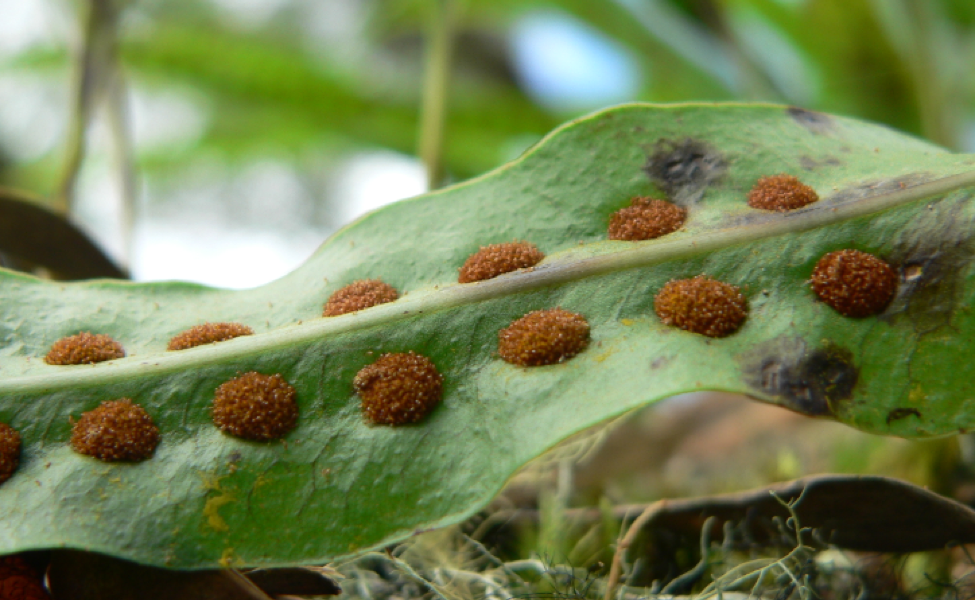The world of fungi is vast and diverse, with far-reaching implications that stretch beyond our kitchens and into the realm of atmospheric sciences. One fascinating aspect of this kingdom is their reproductive units, the mushroom spores, which have a significant impact on air quality and climate. In this article, we aim to decode the mystery behind these tiny particles, understanding their role in shaping our atmosphere.
The Intricate World of Mushroom Spores
Mushroom spores are microscopic structures produced by fungi for reproduction. These can number in the billions for a single mushroom, and they are so lightweight that they can easily be carried away by the wind. Once airborne, these contribute to a category of particles known as bioaerosols.
Bioaerosols are a subset of atmospheric aerosols that are either directly emitted from a biological source, like pollen or bacteria or indirectly formed through biological activity, such as fungal spores. These bioaerosols have a profound impact on the Earth’s climate, ecosystem, and even human health.
Mushroom Spores and Atmospheric Bioaerosols
These invisible mushroom spores can travel thousands of kilometres, reaching high altitudes. As they journey, they interact with other elements in the atmosphere, influencing cloud formation, precipitation, and even climate. This interaction occurs because the outer surface of the spores can act as nuclei around which water droplets condense, forming clouds.
In addition, mushroom spores have a unique ability to affect the Earth’s radiative balance. They can scatter or absorb sunlight, alter the Earth’s albedo, and influence the greenhouse effect. These effects can either cool or warm the Earth’s surface, depending on the properties of the spores and their distribution in the atmosphere.
The Role of Mushroom Spores in Climate Change
As we grapple with climate change, understanding the role of these spores has become increasingly vital. A study published in the journal “Nature” suggests that fungi could help cool the planet. The researchers found that certain types of fungi release spores that trigger rain and snowfall. This precipitation could help cool the Earth’s surface, as falling rain or snow absorbs heat from the atmosphere.
However, it’s not all good news. Other research indicates that some mushroom spores could contribute to global warming. The dark pigmentation of certain spores could absorb sunlight and heat the atmosphere, leading to a warming effect. Understanding these dual roles is critical for accurately predicting future climate scenarios.
The Impact on Human Health
Beyond their ecological significance, mushroom spores also have implications for human health. Inhaling bioaerosols that contain fungal spores can have both positive and negative effects. On the one hand, exposure to certain fungal spores has been linked to improved immune responses and reduced risks of allergies.
On the other hand, individuals with compromised respiratory systems can suffer from respiratory distress due to inhaling fungal spores. Understanding the types of mushroom spores present in the atmosphere can provide insights into air quality and potential health risks for different populations.
Research Frontiers and Future Directions
While much has been learned about mushroom spores and their role in atmospheric bioaerosols, many questions remain unanswered. Researchers are continually striving to decipher the complexities of spore dispersal, interactions with other bioaerosol components, and their impact on climate processes. Advanced techniques, such as DNA analysis, are helping identify specific fungal species present in bioaerosols, shedding light on the diversity of spores and their potential effects.
Conclusion: Decoding the Spore Mystery
The world of mushroom spores is a captivating one, intricately woven into the fabric of atmospheric bioaerosols. From their airborne travels to their impacts on ecosystems and human health, these tiny structures play a significant role in shaping our world. As scientists delve deeper into the mysteries of mushroom spores and their interactions with the atmosphere, we gain a clearer understanding of the delicate balance that exists between the natural world and the air we breathe.
So, the next time you come across a mushroom in the wild, take a moment to appreciate the hidden journey of its spores, contributing silently to the symphony of life in the skies above.




